Supporting Small Farms For A Greener Tomorrow
44 min read Discover how supporting small farms strengthens local food systems, champions regenerative practices, and enriches culinary culture with fresher flavors, fairer supply chains, and climate-smart choices for home cooks and restaurants. October 06, 2025 09:07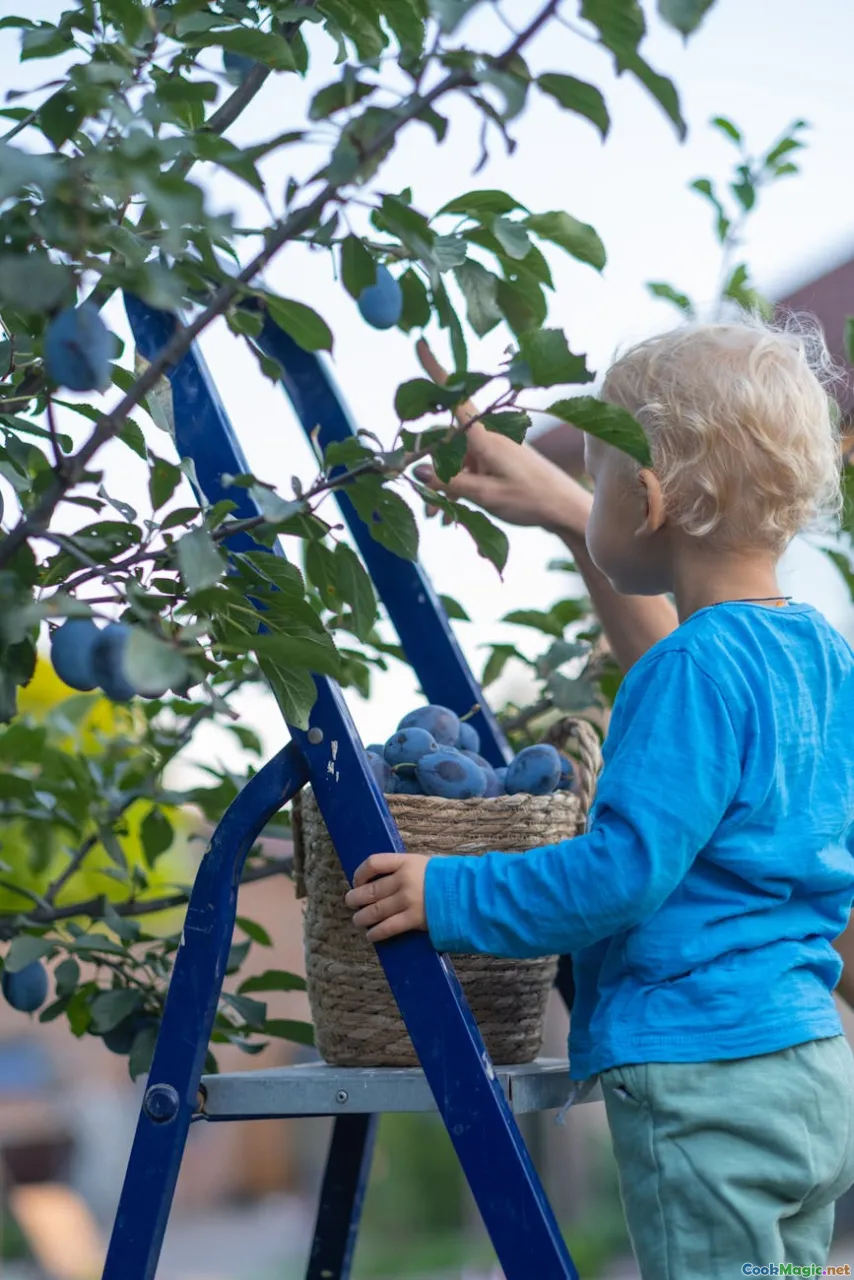
The first bite that convinced me small farms could change the world wasn’t revolutionary on paper; it was a tomato sandwich. Thick slices of dry-farmed Early Girls from Santa Cruz, still warm from the crate at daybreak, laid on toasted levain with a fierce swipe of garlic aioli and a crumble of fresh chèvre. The tomatoes weren’t just red—they were garnet and flame and sunset all at once, with flesh so taut that the knife sighed as it went through. The salt hit, and then that concentrated summer note unfurled, a flavor that made traffic noise fade and reminded me of the breathy sweetness in the air when the night-blooming jasmine down the block finally opens. If you’ve ever stood at a farmers market stall while bees make lazy figure eights over basil, or cracked a still-warm egg from a pastured hen into a pan and watched the yolk rise tall like a small sun, you know that taste can be a form of testimony. It tells the story of a place, a season, a person’s hands.
To support small farms is to choose those stories—messier sometimes, often imperfect, almost always more alive. And it’s a choice with consequences beyond the plate: for soil that holds water like a sponge rather than sloughing it off in floods; for birdsong in hedgerows; for seeds that carry memory; for communities where a check written on Saturday morning pays for boots and braces and the next cover crop. Let’s walk through the market together, past the heirloom squash that look like ghosts and lanterns, the fat bundles of dill smelling like feathery lemon, the crates engraved with initials and history. Let’s cook, too, and compare, and ask sharper questions—because the path to a greener tomorrow runs right through the kitchen.
What We Mean By Small Farms—and Why They Matter

When we invoke small farms, we’re not speaking in vague watercolor. In the United States, the Department of Agriculture often classifies small family farms as those with gross cash farm income under about $350,000. Globally, the picture is even more textured: in many countries, smallholders tend terraces, orchards, and paddies measured by the hand, not the hundreds of acres. Small doesn’t automatically mean sustainable; small doesn’t make someone a saint. But scale changes the choreography—what is possible, visible, accountable.
On a small farm, you notice the nuances. You can see the ragged line where rye cover crop gives way to vetch, feel the difference between a compacted section of field and soil that crumbles into chocolatey aggregates between your fingers. You smell fermentation rising from a compost pile layered like a lasagna with straw and kitchen scraps. The farmer who sells you parsley also names the hawk that’s been patrolling the field mice. These are signs of a system in conversation with itself.
The practices many small farms adopt—rotational grazing, cover cropping, interplanting, compost addition, low- or no-till where possible—build resilient soils. Resilient soil doesn’t just grow better carrots that snap like icicles and spray sweetness; it stores carbon, infiltrates rain, buffers drought, and shelters a galaxy of microbial life. Think of the difference between dried-out cake and a damp sponge. Which would you rather pour sauce onto? For the land, the sauce is the storm.
Small farms also tend to steward biodiversity. Walk the rows at Full Belly Farm in the Capay Valley and you’ll catch brassicas next to calendula, bees and ladybugs moving like sparks. The hedgerows brim with toyon and coyote brush, harboring songbirds that eat pests. Biodiversity delivers flavors, yes—and it also builds ecological redundancy, the invisible safety net that keeps systems from tumbling when a disease or weather shock hits.
Economically, each dollar spent with a small farm loops through local cash registers several times. At New York City’s Union Square Greenmarket, I’ve watched a baker trade sourdough for eggs with a poultry farmer, and then later seen that same farmer buy coffee from the Yemeni family-run stall, and so on. There’s a hum to it, an economy you can smell and taste.
Soil, Water, and the Quiet Work of Carbon

Soil science is both poetry and math. Pull up a handful of earth from a field that’s been cover cropped and minimally disturbed, and you’ll feel granules that stick together, forming little cottages called aggregates. Inside those cottages, fungi thread like lace, exuding glues (glomalin, if we’re being nerdy) that stabilize structure. Plant roots worm through, exhaling sugars to feed microbes; in exchange, microbes unlock proteins and minerals. When rain comes, it doesn’t beat the soil into paste or carry it away like silt in bathwater. It slides into pore spaces and lingers, a memory the soil keeps to dole out during drought.
Small farms practicing regenerative methods are, in essence, carbon architects. I saw this firsthand at White Oak Pastures in Bluffton, Georgia, where rotationally grazed cattle moved across pasture like slow punctuation. The ground under their hooves was springy; the smell after a shower was petrichor and cut hay. Their system is one example among many: silvopasture rows in Vermont where sheep graze under nut trees; vegetable plots in Washington mulched thickly with shredded leaves; vineyard alleys running with clover and poppies instead of bare earth.
Water is the other half of the quiet work. In California, farmers like Dirty Girl Produce in Santa Cruz dry-farm tomatoes, which sounds counterintuitive until you taste the result. By withholding irrigation after vines are established, roots dive deep; the fruit concentrates. The tomato’s flesh is dense, the gel around the seeds zings with a salty-sunny intensity, and you can slice it as thin as smoked salmon. Dry-farming wouldn’t scale to a million-acre monocrop but makes ecological and gastronomic sense in certain places, a tailored suit rather than a one-size-fits-all sweatshirt.
A Tasting You Can Do at Home: Small vs. Industrial

Taste is evidence. Try these simple comparisons and let your palate do the arguing.
- Eggs: Buy pastured eggs from a local farm (look for hens rotated on grass, with access to bugs and sun) and a conventional carton from the supermarket. Crack them side by side into a cold pan. The pastured yolk sits proud and deeply orange, like marigold paint; the white stays compact. The conventional yolk might be paler, the white more watery. Cook both over gentle heat. The pastured egg’s perfume leans sweetly grassy and rich, as if the memory of clover lingers; the texture is custardy. The other can taste clean but comparatively flat. At my market in Chicago’s Green City Market, pastured eggs run around $7–$9 a dozen; grocery eggs can be $2–$4. The difference on the plate is kaleidoscopic.
- Carrots: Taste a raw carrot from a small farm that grows in well-structured soils—look for tops that are still dewy, roots dusted with fine, clinging earth. Bite. You’ll hear the crack, then feel juice slick over your tongue; sweetness checks into a minty-earthy finish. The bagged, peeled minis can crunch, yes, but often whisper rather than sing.
- Chicken: Roast a whole bird from a local, pasture-raised producer like one in the Niman Ranch network and a mass-produced bird. The pasture-raised bird’s skin browns into glass; the meat is firmer, more spring to the bite, with an aroma that suggests thyme and walnuts even if you didn’t add any. The industrial bird might be juicier from water plumping, but the taste tends to be muted. Economically, buying whole and using it all shifts the value equation: roast on night one, broth from the carcass on night two, schmaltz to fry potatoes on night three.
- Tomatoes: Dry-farmed Early Girls against supermarket tomatoes picked firm for transport. The small-farm tomato is meaty and fragrant, the seeds suspended in an umami-rich gel that tastes like the ocean glancing off a pier. The other has handled truck miles; its texture can veer mealy and its perfume mild.
Being conscious of price matters, and also consider the hidden costs in the cheaper options: subsidies that favor monocultures, nutrient runoff in waterways, underpaid labor. Small farms are not exempt from labor issues either; it’s vital to look for those that commit to fair wages and safe conditions. Taste is only part of the story—but it’s the door you walk through.
Across Cultures: Fields, Terraces, and Kitchens

Small farms aren’t a trend; they’re the default mode of agriculture across time and place. Consider the milpa system in Oaxaca. Corn, beans, and squash are planted together, an edible trinity that supports itself: the corn a trellis, the beans returning nitrogen to the soil, the sprawling squash shading out weeds. The smell in a milpa is green and damp, a mix of leaf-cool and earth-warm. Out of this system comes masa harina ground from landrace corn like Bolita or native Oaxacan varieties with flavors so distinct you can taste the valley in a tortilla: nutty, toasty, with a finish that reminds you of roasted chestnuts. Mole negro brewed with chilhuacle chiles from small plots coats the tongue like velvet and blooms with bitter chocolate, plantain sweetness, and the smoky breath of dried chiles torching in a comal.
Travel to Japan’s satoyama landscapes, where human settlement and wildland blur. Terraced paddies step up mountainsides; rice varieties like Koshihikari and Akitakomachi are coaxed into grains that pearlesce. One meal I can’t shake: onigiri made with rice from a family farm outside Niigata, the grains glossy and soft with a toothsome core, tucked around a strip of umeboshi. The first bite was salt and plum lightning; then warm, clean rice that smelled faintly of chestnut blossoms. The farm’s paddies doubled as habitat for herons and frogs—rice as keystone, not commodity.
In Ethiopia, smallholders raise teff for injera batter that ferments into a fragrant, slightly sour galaxy of bubbles. The griddle smell is toasty and sweet-sour; the texture is a cross between a cloud and a sponge, ready to cradle berbere-spiced lentils. A woman’s cooperative in the outskirts of Bahir Dar sells teff flour in cloth bags; the label lists each member’s name and the lot number of the harvest.
Or stand at a roadside dhaba in Maharashtra while someone thumps a ball of bhakri dough made from heirloom millets like jowar and bajra. The flatbread cooks over open flame until it puffs and chars in spots; the taste is earthy, elegant, a savor that lingers thanks to the grain’s minerals and oils. Millet agriculture is tough, resilient—fields that shrug off droughts that would flatten other crops. Small farms hold these cultural foods in their hands; buying from them means those foods endure.
Case Files: Farms and Networks You Can Support
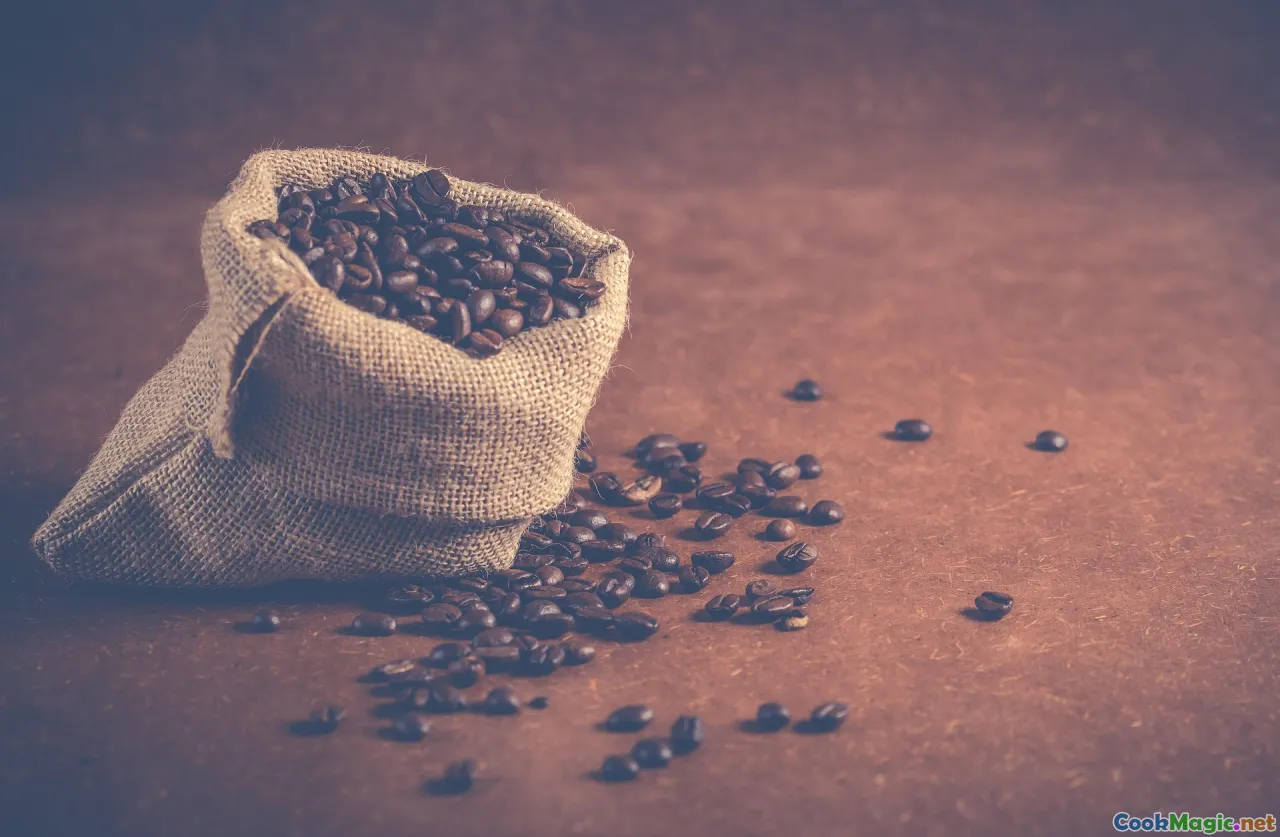
- Dirty Girl Produce (Santa Cruz County, California): Known for dry-farmed tomatoes, their stall smells like sun-warmed tomato vines, a green-hay scent I’d bottle if I could. Dry-farming saves water and delivers intensity. Try slicing their tomatoes onto buttered toast, finishing with a paper-thin wafer of red onion and a snowfall of flaky sea salt.
- Ramona Farms (Akimel O’odham, Arizona): Heirloom tepary beans in colors like old pottery—ivory, mocha, midnight blue. Cooked, they hold their shape with a creamy interior and a deep, almost cacao-like finish. A pot of tepary beans simmered with onion and epazote has a scent like rain on dust.
- Soul Fire Farm (Petersburgh, New York): A Black- and Brown-led farm devoted to ending racism in the food system through training, advocacy, and good food. Their CSA shares have included collards with stems like sweet celery and tomatoes that smell like green pepper and warm rope. Their farmer training has seeded dozens of new small farms.
- Anson Mills (South Carolina): Heirloom grains like Carolina Gold rice and Abruzzi rye milled fresh; the smell when you open a bag is like walking into a bakery and a hayfield at once. Grits simmer into cream-lush porridge; polenta holds a bouquet of sweet corn husk.
- Rancho Gordo (Napa, California): A network of growers produces rare and heirloom beans—Yellow Eye with its buttery softness, Ayocote Morado with a wine-dark personality. Their beans smell like cocoa and clean stone when they first hit the pot, transforming a simple bowl into a lesson in terroir.
- Full Belly Farm (Capay Valley, California): A pioneer in diversified organic farming and CSA. Their fall boxes are a masterclass: delicata squash that tastes like maple cream, feathery fennel bulbs that perfume the kitchen.
- Niman Ranch network (nationwide): Family farmers and ranchers raising animals humanely. Their pork shoulder roasts into strands that glisten and perfume the entire apartment stairwell with a savory scent that makes neighbors pause.
These aren’t endorsements for perfection. They are waypoints, places to learn from and to feed. Supporting them might look like a weekly splurge or a pantry rebuild. It might mean following their newsletters to understand what they plant next.
How To Shop Small Without Fear or FOMO
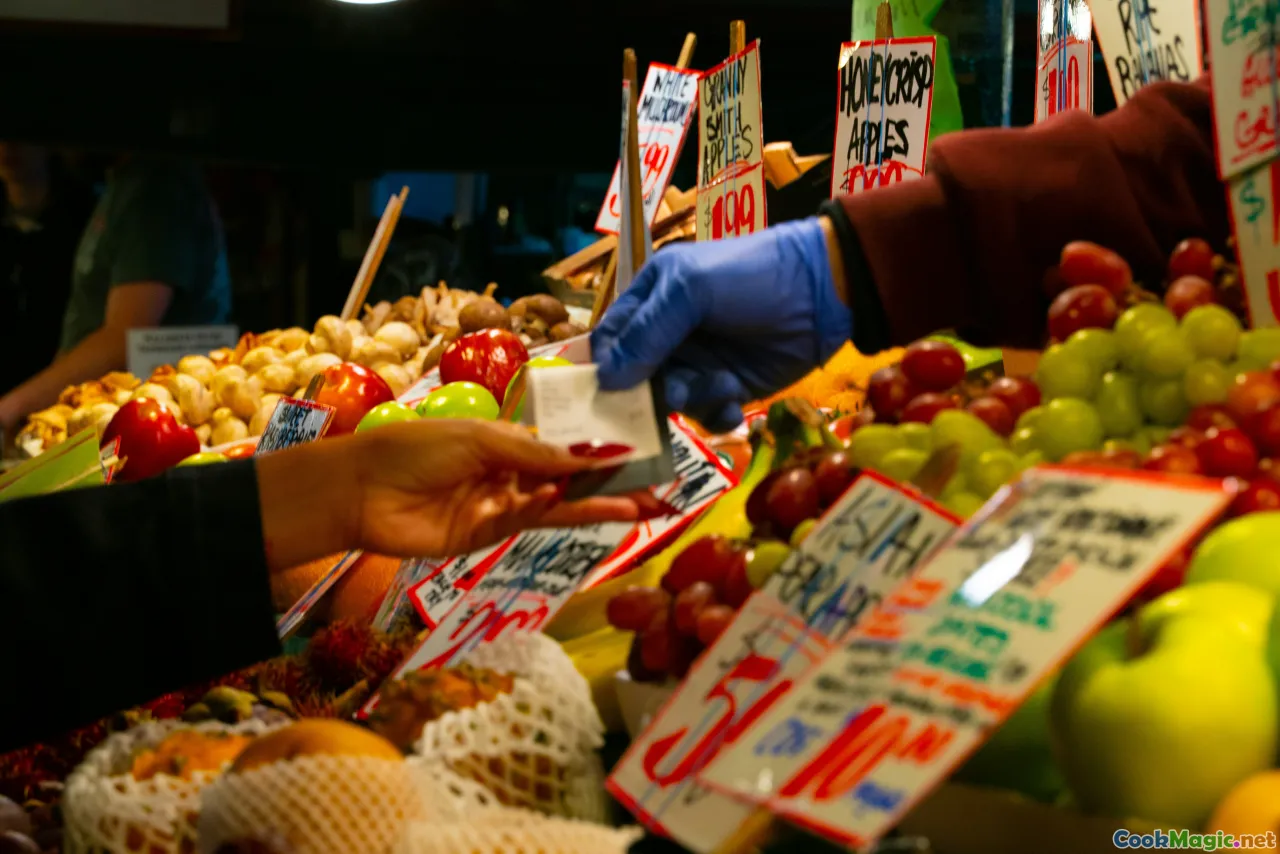
If markets feel like a test you didn’t study for, here’s your cheat sheet. Farmers are teachers; ask and they’ll answer.
Questions that open good conversations:
- What did the field look like this week? This bridges weather and labor. You’ll hear about frost and wind, yes, but also the cover crop that sprouted or the lambs born.
- How do you build soil? You’re listening for cover crops, compost, reduced tillage, managed grazing, mulches. Many farmers will beam and tell you about their latest experiment.
- What variety is this? Heirlooms carry stories. Pink Berkeley Tie-Dye tomatoes, Moon & Stars watermelon, Jimmy Nardello peppers—names are keys to recipes.
- When should I eat this? A ripe Hachiya persimmon needs to be jelly-soft and smell like honeyed apricot; a kabocha should thunk when knocked and look frosted with natural bloom.
- Do you accept SNAP or market match? Many markets now take EBT and offer Double Up Food Bucks or Market Match programs that stretch dollars for fruits and vegetables. Farmers will tell you what they can take.
Practical tips:
- Bring cash in small bills and a sturdy tote that can handle the weight of hope (and potatoes). A cold pack for dairy and meat if it’s hot.
- Embrace ugly: the carrot with a bifurcated leg will taste like mischief and sugar. Many farms sell seconds at a discount for sauces or jams.
- Build relationships. Become a ‘regular’ and you’ll sometimes get tips: ‘We’re bringing sunchokes next week’ has saved me from menu monotony more than once.
- Be flexible. If arugula bolted in heat but mizuna looks perfect, shift gears. Cooking is improvisation.
- Respect closing time. Everything looks weary; the farmers have been up since dark. A kind word goes further than haggling over the last quart of strawberries.
One Week, One Basket: Cooking the Seasons
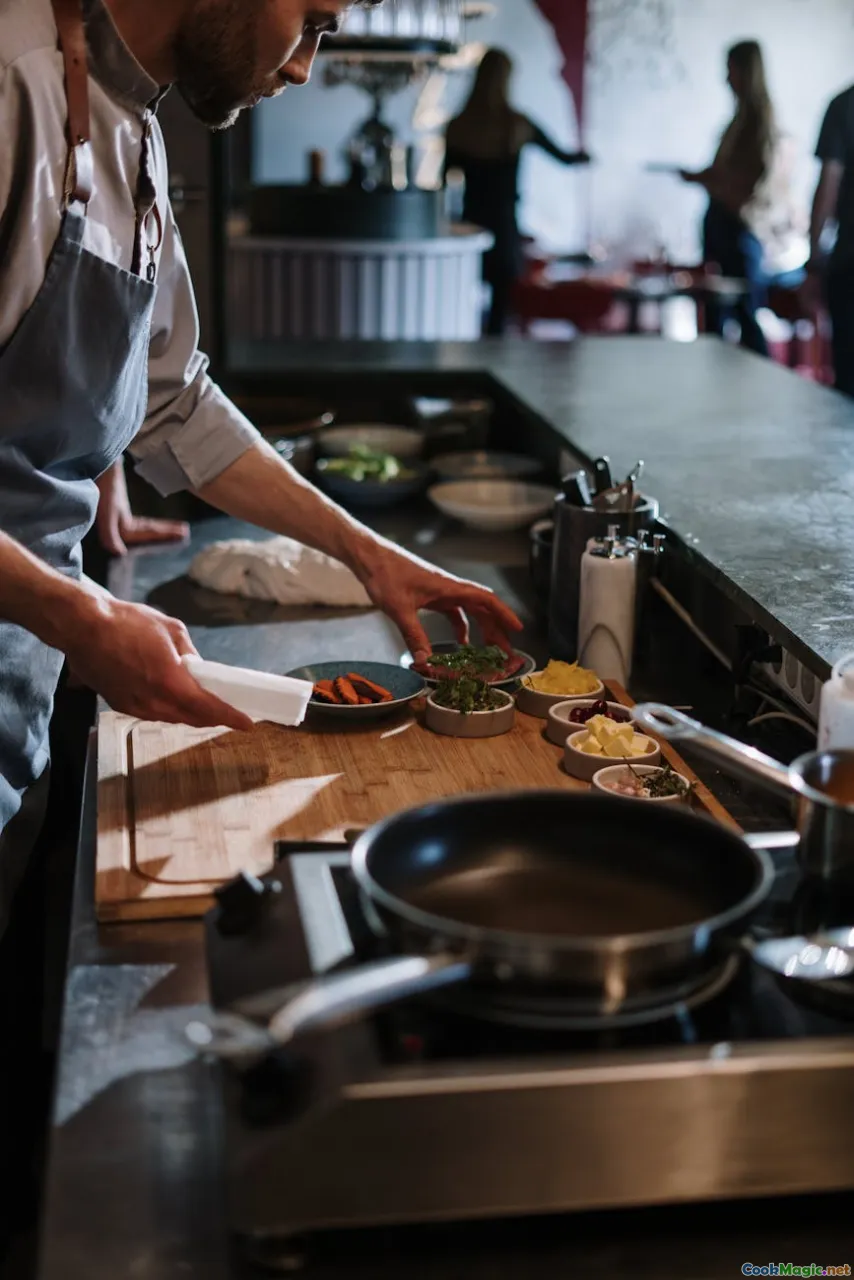
Let’s imagine a September haul from a small farm stand: a cluster of dry-farmed tomatoes, a bouquet of basil, a bunch of rainbow chard with stems like stained glass, a sack of new potatoes still dusted with soil, two onions, three sweet peppers, a pound of tepary beans from the pantry, a dozen pastured eggs, and a nub of goat cheese. Here’s how I’d cook it.
- Monday: Tomato tartines with herb aioli and goat cheese. Toast thick slices of bread; in a mortar, bruise basil with a pinch of salt until fragrant like summer rain on stone. Fold into mayonnaise with a squeeze of lemon. Lay on tomato slices so thin they ripple, dollop goat cheese, and grind black pepper until the room smells like pine and spice. Serve with a salad of chard stems quick-pickled in vinegar and honey.
- Tuesday: Tepary bean pozole verde. Simmer tepary beans with onion and epazote until creamy. Blitz roasted tomatillos, jalapeños, cilantro into a jewel-bright broth; pour over the beans. Ladle into bowls and top with shredded chard leaves that wilt tender in the heat, radish coins, and tortilla strips. The scent is citrusy-green and comforting.
- Wednesday: Frittata with sweet peppers and onion. Sweat onions until they turn translucent and smell sweet like buttered toast. Add sliced peppers; stir until their skins blister and perfume the pan. Pour in beaten eggs from pastured hens; bake until set. The fork slides through custard, the peppers offering mellow sweetness with each bite.
- Thursday: New potato salad with basil and anchovy. Steam potatoes until a knife slips in smoothly. While warm, dress with olive oil, minced anchovy, and lemon zest—the smell is briny and bright. Tear basil over the top right before serving; the heat will release the oils into the air.
- Friday: Shakshuka-ish with whatever’s left. Sauté onion and any stray peppers; add chopped tomatoes and a pinch of paprika. Simmer until the sauce thickens and feels silk-slick. Crack eggs into little nests; cook until just set. Serve with thick yogurt; the tang offsets the sweetness of cooked tomatoes.
- Weekend project: Tomato conserva for winter. Halve the remaining tomatoes; lay in a low oven with olive oil and garlic. Hours later, when the kitchen smells like the best pizzeria in Naples, pack the jammy tomatoes into a jar under oil. This is sunlight on standby.
Preserve Like a Pro: No Waste, More Flavor

A small-farm kitchen hums all year because you stash away the seasons.
- Lacto-fermented greens stems: Chop kale or chard stems; toss with 2% salt by weight. Pack into a jar, press until brine rises, and burp daily. In a week, they’re tart and effervescent, like pickle meets sauerkraut. Fold into egg salad or chop over tacos.
- Apple scrap vinegar: Save cores and peels from crisp fall apples. Cover with water and a spoonful of sugar; weigh down. In a month it will smell first like cider, then like a floral vinegar. Use in dressings for winter salads with roasted squash and bitter greens.
- Herb salt: Blitz coarse salt with leftover dill and parsley until it turns meadow-green and smells like a garden after rain. Dry and jar. Sprinkle on roasted carrots to amplify their sweetness.
- Stock from bones and scraps: Save poultry carcasses, onion skins, leek greens. Simmer into a broth that tastes like the memory of dinners past. Freeze in jars, leaving headspace. Broth made from pasture-raised bones tastes fuller, like a well-placed bass note.
- Stone fruit pit syrup: Cover peach or apricot pits with sugar; let sit until a syrup pulls from the pits. Add water and simmer briefly. The scent—almondy and floral—transforms seltzer into something you’d pay bar prices for.
Preserving isn’t just thrift; it’s an ethics of attention. It turns gluts into grace.
Chefs and Restaurants: Leadership on the Plate
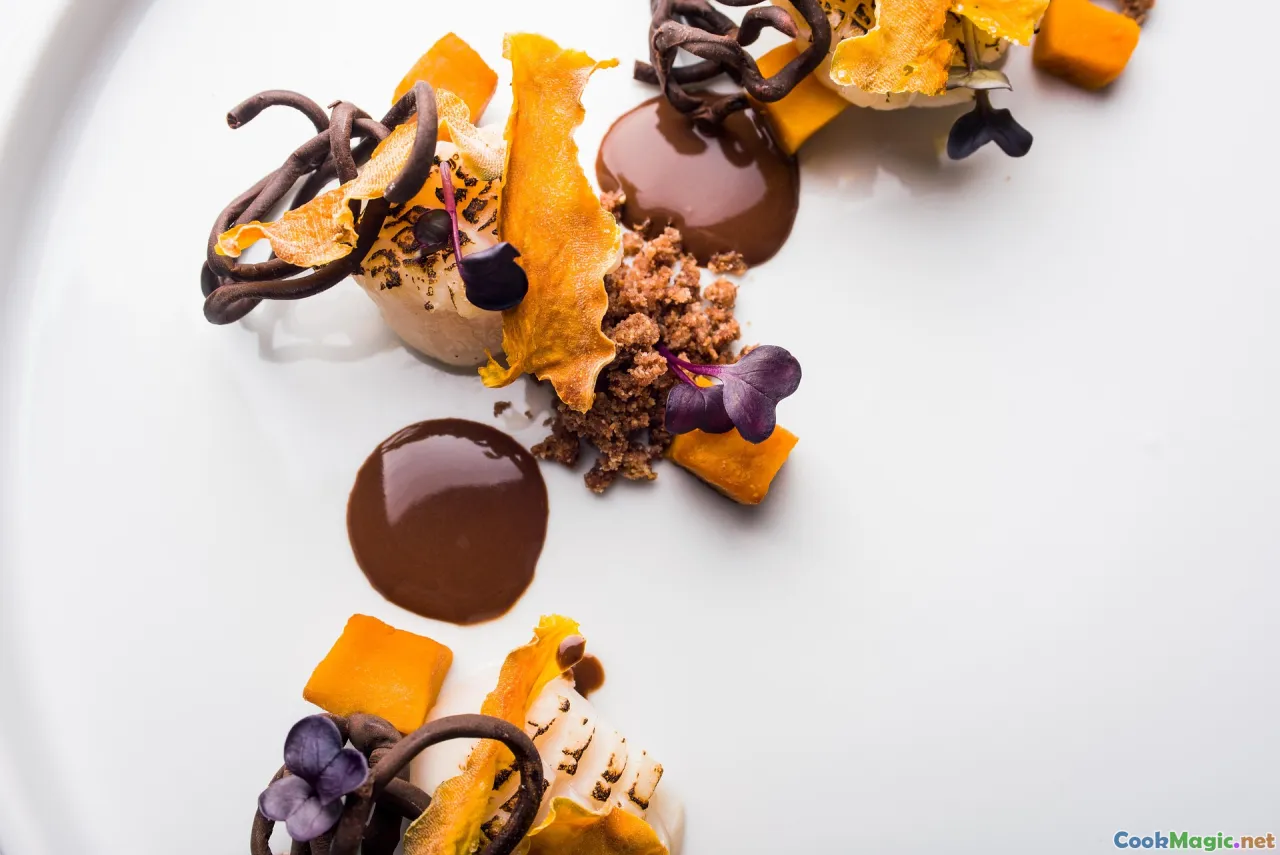
Restaurants can be engines of change. The most compelling proof I’ve tasted came at Blue Hill at Stone Barns, where the menu is built around what the adjacent farm harvests. A dish might be a single carrot roasted slowly in beef tallow, sliced thick like sashimi, and finished with a carrot-top gremolata. The carrot eats like steak, the tallow catching its sugars and turning them to caramel. That kind of dish can’t exist without a farm that grows carrots like that; and the farm thrives when the restaurant pays fairly and flexibly.
Practical playbook for chefs and owners:
- Build flexible menus that can pivot with supply. Write dishes around techniques and categories rather than fixed ingredients: ‘Charred greens with smoked fat and citrus’ can accommodate kale, collards, or mustard.
- Commit to whole-animal and whole-crop cookery. Buy a side rather than a case of chops; turn off-cuts into staff meal feasts, pâtés, or specials. Cauliflower leaves become ferments; broccoli stems become shaved salads.
- Feature farms by name on menus and online, and tell stories. Diners love to know that their oat custard comes from Anson Mills oats and that those oats smell like warm hay when milled that morning.
- Pay on time. Net 30 isn’t generous for small farms; cash flow keeps tractors running.
- Train staff to talk about the food with respect. Let servers smell a just-picked tomato; the way they describe it will change.
In cities like Charleston, chef Sean Brock has worked with seed savers to bring heirloom corn back to grind, producing grits so fragrant you’d swear you could taste the field. In Berkeley, the Chez Panisse lineage proved decades ago that simple preparations of impeccable produce can be the height of elegance. These are cultural shifts as much as culinary. Restaurants democratize taste; what starts as a special can turn into a movement.
Dollars and Sense: The True Price of Dinner

Supporting small farms doesn’t need to be an all-or-nothing luxury; it can be a considered reallocation and a change in habits. Some numbers I’ve tracked in my own kitchen:
- CSA math: A 20-week vegetable CSA share at Full Belly Farm runs around the cost of a couple of restaurant dinners. Break it down to roughly the price of a daily coffee, and you’re getting a weekly box that can feed two to four people, often with extras to preserve.
- Protein strategy: Buying a whole pastured chicken at $20–$26 and using it for three meals plus broth is often more cost-effective than buying boneless skinless bits at $9–$12 per pound. The broth alone is liquid gold—umami and body in your soups and risottos.
- Pantry power: A $7–$9 bag of heirloom beans seems steep until you realize it yields a pot that feeds eight. The pot liquor, scented with bay and garlic, becomes the base for tomorrow’s soup.
Consider the unseen ledger. Industrially grown corn and soy enjoy significant subsidies, making animal feed cheap and distorting meat prices. The environmental ledger records dead zones in the Gulf from fertilizer runoff, exhausted soils, greenhouse gases. Small farms can’t dodge costs by externalizing them. When you pay a little more for a dozen eggs whose yolks look like sunsets, you’re paying for pasture fencing, for a fair wage to the worker collecting those eggs at dawn, for compost that smells like a forest floor.
If budgets are tight—and whose aren’t?—pick your battles. Choose a few anchor items to buy from small farms where the quality difference is striking: eggs, tomatoes in summer, greens in winter, beans and grains that carry hidden abundance. Use market match and Double Up Food Bucks where available. Split CSAs or bulk orders with friends; group chats are the new co-ops.
Tech and Community: New Ways to Buy Direct

The idea of buying from a farmer now includes more pathways than a Saturday market.
- REKO rings: Originating in Finland, these are preorder Facebook groups where producers post what’s available, and customers pick up at a set time in a parking lot. No middlemen, minimal waste.
- Online marketplaces: Platforms like Open Food Network, Barn2Door, and regional hubs let you shop multiple small farms at once, often with home delivery. You can see the name and story behind each cut of lamb, each jar of honey.
- CSA innovations: Many farms now offer flexible ‘market-style’ CSAs where you choose what goes in your box or carry credits to spend. If the idea of 12 pounds of greens in March frightened you, this eases the worry.
- Transparency tools: QR codes on packages linking to field maps, seed sources, and weather notes; newsletters that read like diaries; Instagram stories showing the muddy boots and the moments of quiet triumph—a flat of perfect seedlings, a barn cat sunning on hay.
Small farms don’t have to be analog to be authentic. They can be as tech-savvy as any startup, if the tools serve the soil and the plate.
Your Urban Plot in the Small-Farm Story
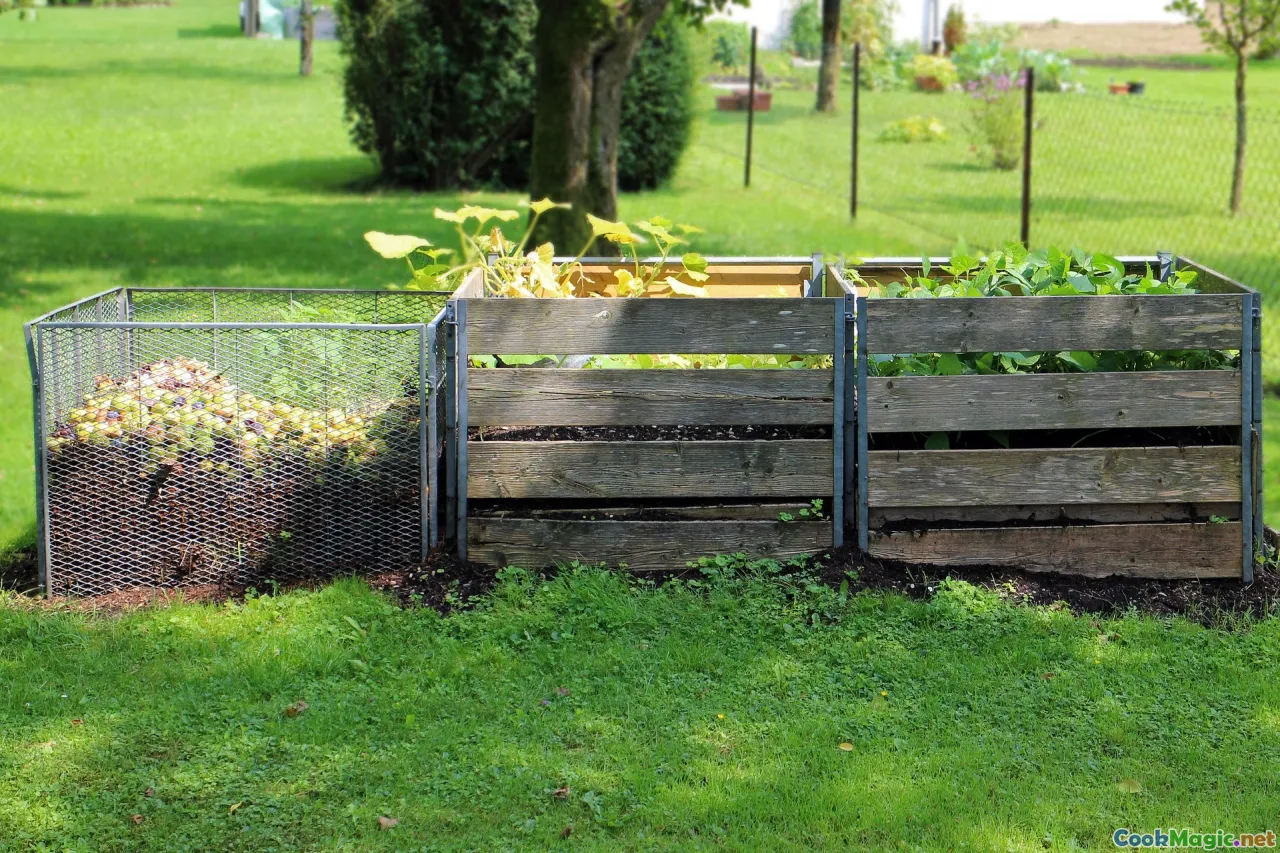
City dwellers can weave themselves into this tapestry in ways both humble and potent.
- Compost: Capture your peels and grounds; many markets have compost drop-offs. Your coffee’s aroma becomes, eventually, a tomato’s perfume.
- Windowsill herbs: Grow basil, chives, mint. Snipping them perfuses your apartment with scent and means one less plastic clamshell.
- Community gardens: Plots are small farms in miniature. Plant heirloom varieties; save seeds; share. The smell of soil in the first warm week of spring is the same, whether your field is a rectangle the size of a blanket or an acre.
- Policy: Vote for measures that support farmland protection, water stewardship, and farmworker rights. Advocate for municipal procurement policies that source from small local farms for schools and hospitals. Submit public comments when agricultural policies are on the table.
Your fork is a lever; your ballot’s another.
A Small-Farm Pantry to Build Over Time

Keep staples from small farms on hand and your cooking will naturally tip toward the soil you want to nourish.
- Beans: Tepary, Yellow Eye, Flor de Junio, Gigante. Flavor notes range from chestnut to dark chocolate to butter. Serve simply, with olive oil, lemon, and a shower of chopped herbs.
- Grains: Carolina Gold rice that smells like buttered popcorn, farro from small Tuscan growers with a walnutty chew, heirloom cornmeal that turns cornbread into a perfume bomb.
- Oils and fats: Local olive oil if you’re lucky enough to live near growers; cultured butter from grass-fed cows with notes of summer pasture; schmaltz saved from roasting.
- Vinegars: Apple cider from a small press; wine vinegar from a natural winemaker’s scrapped batches; your own apple scrap vinegar. A good vinegar makes greens sing.
- Preserved brightness: Tomato conserva, chile pastes from local chile growers, fermented hot sauces, pickled green strawberries from that one week when they hit your market.
- Flours: Freshly milled wheat from regional mills; spelt and rye with fragrance. Bread tastes of field and mill, not just yeast.
A pantry like this turns a Tuesday into something worth lingering over. Toast + beans + an egg + herb salt can be a feast.
The Ethics You Can Taste
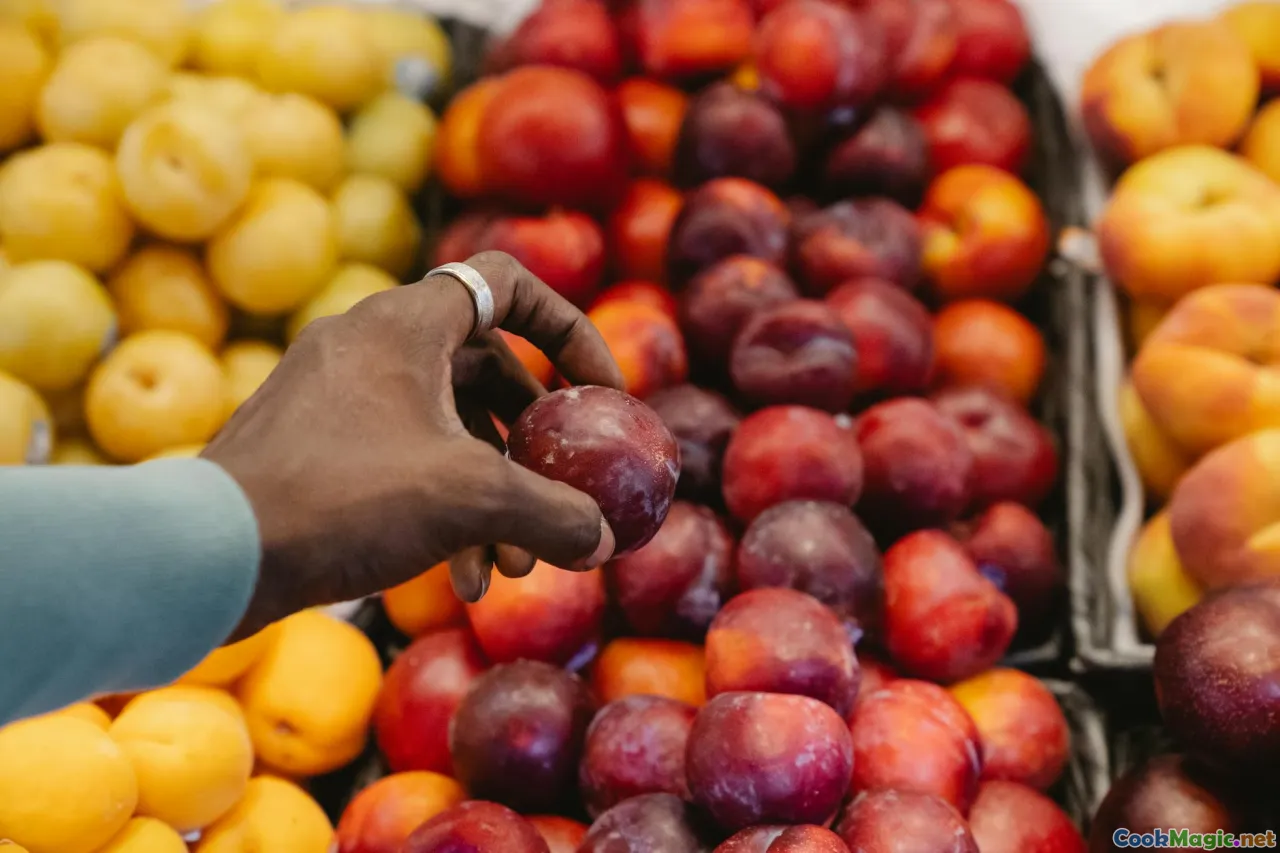
Ethics become abstract easily, but on the plate they’re tangible.
- Labor: Choose farms that talk about their workers, not just their soil. Ask if they pay a living wage, if housing is safe, if training is provided. Support farms linked with organizations like the Coalition of Immokalee Workers or certified by programs that center labor.
- Seeds: Celebrate seed keepers. Buy tortillas made from landrace corn; seek out growers reviving nearly lost varietals. A tortilla made from blue corn at a small tortilleria in Los Angeles smelled like cedar and cocoa, its color flaring like dusk—seed sovereignty you can taste.
- Biodiversity: Cook a dish that demands the thing only a small farm grows: puntarelle with anchovy dressing, fava greens sautéed in olive oil with garlic, bitter melon stir-fried with egg. These aren’t niche for the sake of it; they are the skein of culinary life.
When your mouth registers a complexity that industrial food rarely carries, that is ethics as sensation. It changes you.
What To Ask Yourself After Dinner

- What did I eat that I can trace to a person and a place? If you can’t, how might you shift that tomorrow?
- What part of the meal came from farther than it needed to? Could a local grain, bean, or vegetable stand in next time?
- What would I be proud to serve a child and say: this is food that feeds your future, not robs it?
Put these questions on an index card. Let them nudge your hand at the market and your browser at midnight when you’re tempted to order something forgettable. Memory is a sustainable ingredient.
A Story to Carry: Morning at the Market, Years Later
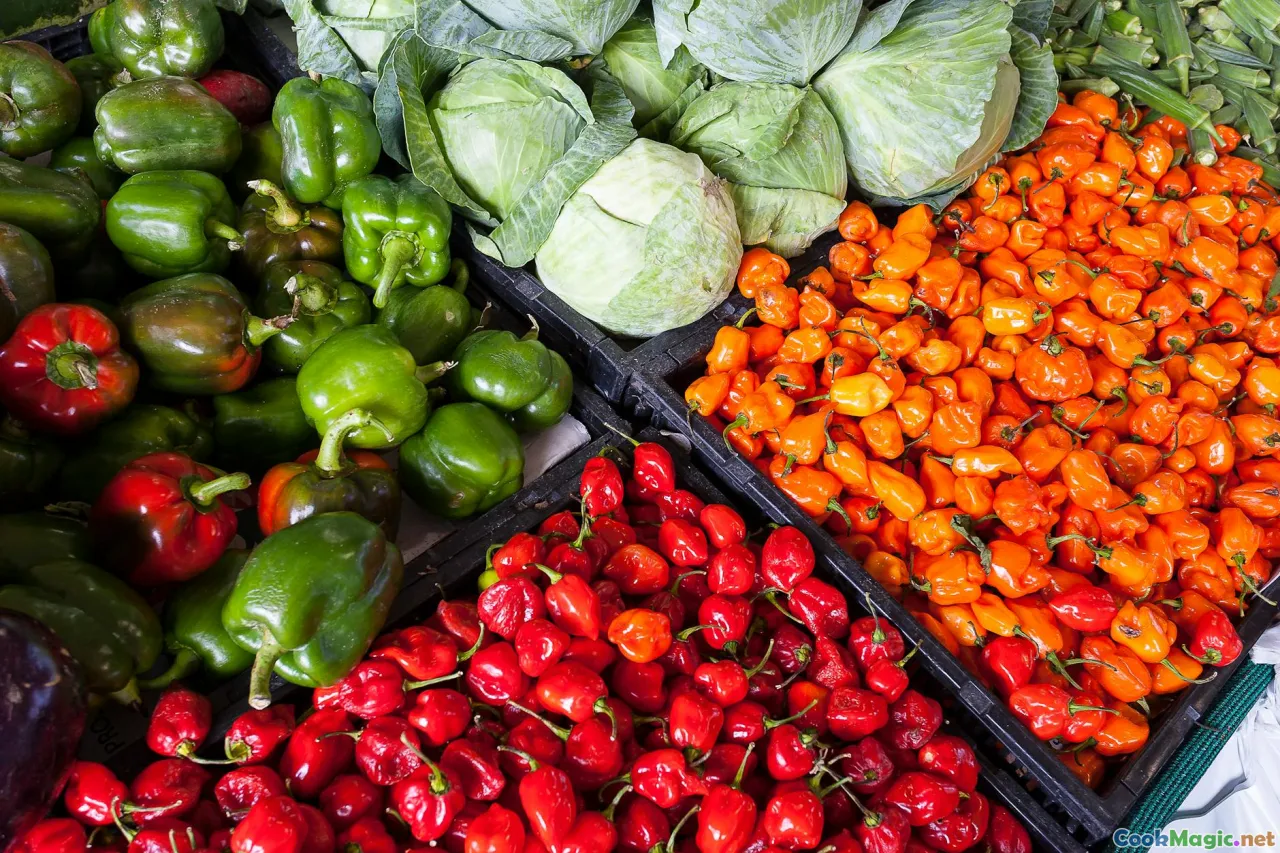
Years ago at the Ferry Plaza Farmers Market in San Francisco, I met a stone fruit farmer who handed me a Suncrest peach in July with the solemnity of a ceremony. ‘This one,’ he said, ‘we picked at 5 a.m. because it couldn’t wait until seven.’ The skin gave under my thumb, the fuzz almost silken. When I bit, juice ran down my wrist to my elbow; the flavor was like honey pulled from a hive that had spent spring in a field of clover—floral, intense, slightly wild. I bought a bag and a few minutes later returned to buy another; he laughed and told me to bring napkins next time.
I think about that peach in winter when the sky is the color of oyster shells. I think about the hands that picked it and the boots that walked the orchards in February to prune for a summer I hadn’t yet tasted. I think about how the tree draws sugar from sun and minerals from soil, and how the farm built that soil over years of compost and cover crops. The peach didn’t spring from nowhere; it was a collaboration across seasons and species.
Supporting small farms is not a lifestyle accessory. It’s an act of citizenship, of palate, of love. It is choosing the egg with the yolk that bows when you lift your fork because the hen had a life that read like a poem. It is cooking beans that smell like rain and earth, grains that steam into clouds, greens that squeak faintly when you tear them because they are so fresh. It is understanding that your dinner can be climate work, that your table can be part of a local economy’s heartbeat.
Next Saturday, fold a tote and a thermos of coffee and go looking. Ask the farmer what the week tasted like. Bring home something you’ve never cooked—a knobbly celery root, a bunch of purple mizuna, a sack of farro with a miller’s signature. Let your kitchen be surprised. Invite a friend. Feed them a bowl of tepary bean pozole, a wedge of frittata bright with peppers, a salad dressed with vinegar you coaxed from apple peels. Taste. Pay attention. Pay fairly. And when the season turns, preserve what you can and hold the rest as memory.
Some future afternoon—June breeze in the window, the smell of basil like a verse—you’ll smear aioli on toast and slice a tomato so full of itself that the seeds gleam like tiny lanterns. You’ll take a bite and feel the world tilt toward the good. That tilt is small, intimate, and it’s enough to build on, meal by meal, field by field, into a greener tomorrow.









